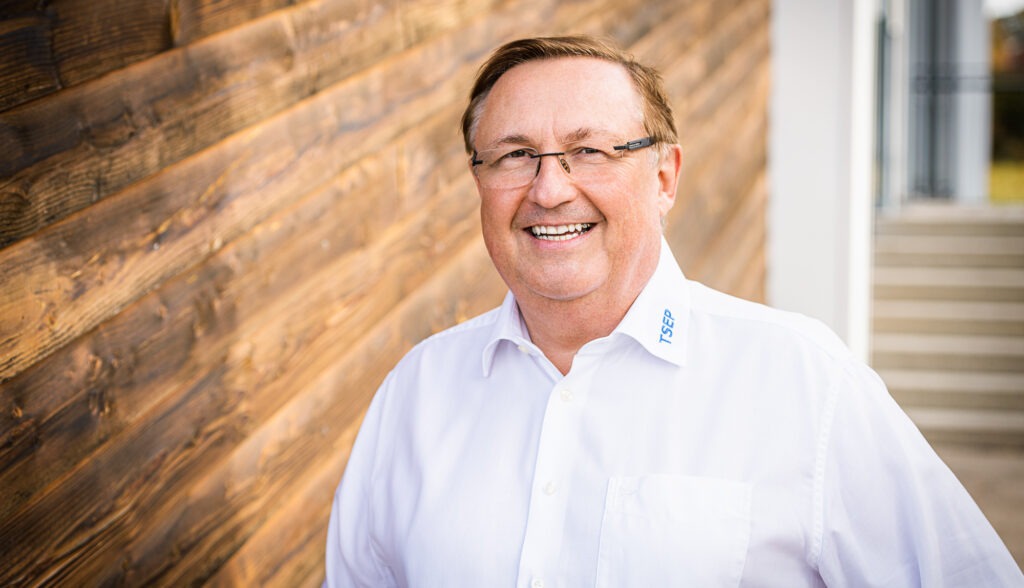5 questions for the CEO and founder of TSEP, Peter Plazotta:
TSEP has been developing and implementing customized T&M systems for over 30 years. This year marks a little anniversary: After being founded as an engineering office in 1988 and starting with software development in 2000, TSEP has now been active in the business field of hardware development for exactly 20 years. Founder and CEO Peter Plazotta gives a brief insight into this business area.
1. In 2005, TSEP launched its new hardware development business segment. Why did you decide to do this back then?
Peter Plazotta: As a system house, we were involved in the development of system-related software, i.e. drivers, µC firmware and the like. As there are always problems with the hardware and the coordination of the interfaces, our customers increasingly asked us for a complete solution, i.e. hardware and software development. In 2005, after building up the necessary resources, we decided to become active in this business field as well.
2. What did the hardware area at TSEP look like back then and how has it developed to date, are there any significant differences?
Plazotta: So much has changed in this industry in 20 years: the performance of µCs and FPGAs has multiplied, while the price has fallen. The designs have changed and everything is getting smaller and smaller. Today, many problems that could only be solved in the FPGA back then, can be solved with µC or even with software. At TSEP, we have expanded hardware development over the last 20 years: from simple µC developments to complex development with a wide variety of circuit boards and a multitude of components – as our Themis test & measurement system shows. Last year, we also changed our tools for the use of BGA designs. For example, we switched to Altium PCB Design Software.
3. What part of the hardware development does TSEP do itself, and where do you work with partners?
Plazotta: With the exception of the actual production, TSEP takes over the entire development process – from the idea to the circuit diagram and layout through to prototype production and commissioning. TSEP only works with a manufacturing partner in Munich for the production of hardware for quantities of >10. This ensures that TSEP has an overview of the entire process at all times.
4. Which challenges has TSEP had to overcome over the years in hardware development for sensor and measurement technology?
Plazotta: There have been quite a few challenges in recent years. I think the corona crisis is still fresh in everyone’s mind. It was a challenge for TSEP in two respects: firstly because of the problems with the pandemic in general and secondly because of the supply problems with electronic components. We had relied entirely on a just-in-time supply chain from our suppliers and had been very satisfied with this up to that point. Suddenly we were confronted with delivery times of years. We had to fall back on good old-fashioned warehousing. Today, TSEP has key components in stock for at least a year – because when customers order something, we want to be able to deliver it.
5. How do you envision the future of hardware development in the field of sensor and measurement technology?
Plazotta: I think and hope that the change in measurement technology from centralized control to time-based measurement technology will finally become a reality in the next few years. This will result in new and very interesting hardware requirements. With our Chronos and Athena products, we are trying to give this vision a real future. We believe that the future will hold challenging and innovative measurement problems that we can solve effectively and cost-optimized with TSEP hardware and software.

